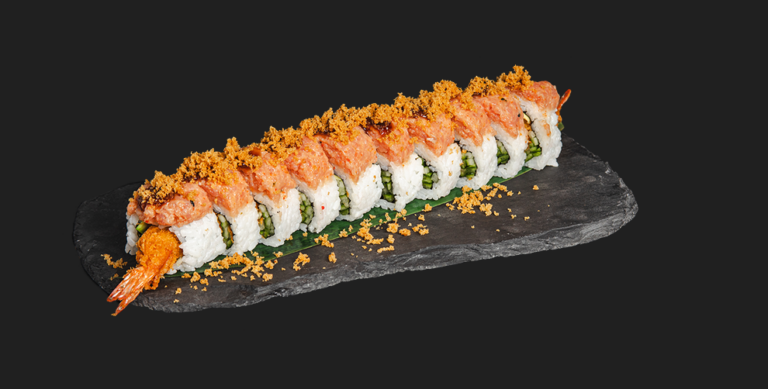Green Tea Varieties
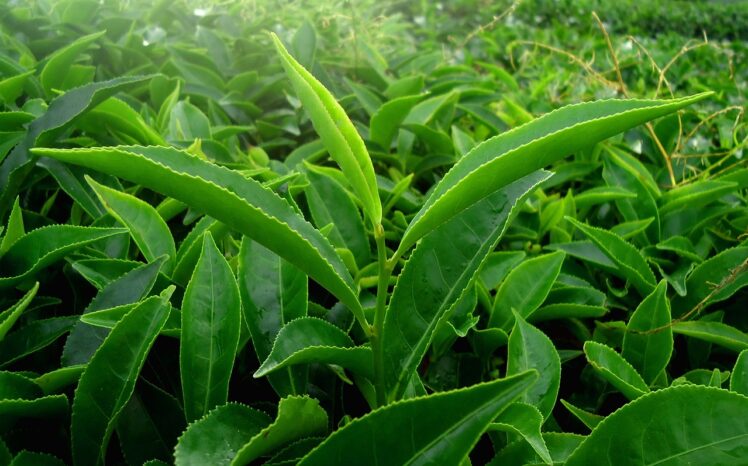
Green tea is made from the leaves and buds of the Camellia sinensis plant.
Green tea has a vast number of health benefits including cancer-fighting properties. Originally from China, this caffeinated tea is barely oxidized as compared to black tea.
SUGGESTED READING
• Green Tea Health Benefits
• Best-Tasting Green Teas to Drink
• Tea Guide
• Natural Elixirs to Cleanse Your Body
1. Bi Luo Chun
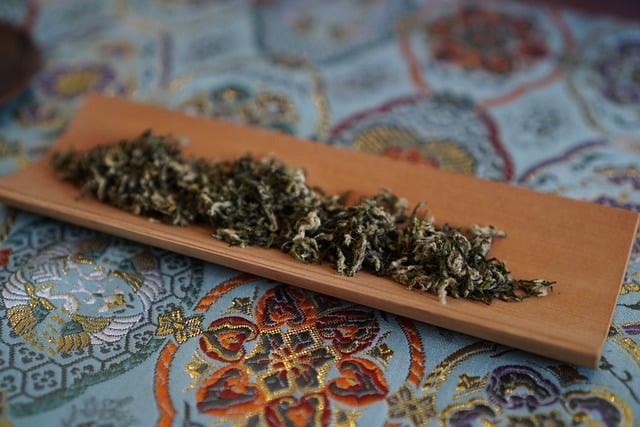
Literally translated as “Green Snail Spring,” Bi Luo Chun is so called because it’s a green tea harvested in the spring whose leaves are rolled into a tight spiral, resembling snail meat. Grown in China’s Jiangsu Province, its original name translates to “Scary Fragrance,” in honor of its intense floral aroma. This memorable tea also has a fine, fruity taste.
2. Chun Mee
Generally more acidic and less sweet than other green teas, Chun Mee has a dusty appearance. Originally produced in the Jiangxi Province, it is now grown elsewhere, in part due to its popularity. Its name, translated literally, means “precious eyebrow.”
3. Da Fang
A flat green tea, similar to Longjing, though grown in the Anhui Province of China and bearing a distinct nutty aroma.
4. Genmaicha
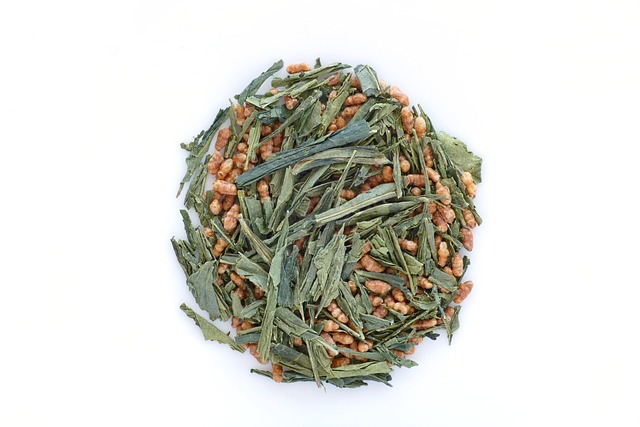
Green tea combined with brown rice, Genmaicha is colloquially known as “popcorn tea” as a few rice grains tend to pop during the roasting process, making them resemble popcorn; the tea also gives off a strong popcorn-like aroma. Genmaicha brews to a light yellow hue and marries the fresh grassy flavor of green tea with the flavor of roasted rice.
5. Gunpowder
Named for its distinctive look—the leaves are rolled into small, round balls which resemble gunpowder pellets — gunpowder tea dates back to the Tang Dynasty. The highest-grade gunpowder tea is still rolled by hand, a process which allows the leaves to retain more of their natural flavor and aroma. When buying gunpowder tea, look for shiny pellets, which indicate freshness.
6. Gyokuro

Known as Jade Dew because of its pale green color, Gyokuro is the highest grade Japanese green tea. It is cultivated in a unique way: the leaves are grown in the shade, which alters their flavor. The brewed tea is sweet, even when it is steeped for the recommended 2-3 minutes, compared to regular Sencha’s brief 60 seconds.
7. Hojicha
First developed in Kyoto in the 1920s, Hojicha is set apart from other Japanese green teas because it is roasted over charcoal. This gives it a reddish-brown color and a toasty flavor evocative of caramel. It is a popular after-dinner tea.
8. Kukicha
Popularly known as “twig tea,” Kukicha is a Japanese tea made from stems, stalks and twigs. It has a nutty, slightly creamy flavor, and is unusually low in caffeine. It’s supposedly effective at inducing labor.
9. Longjing
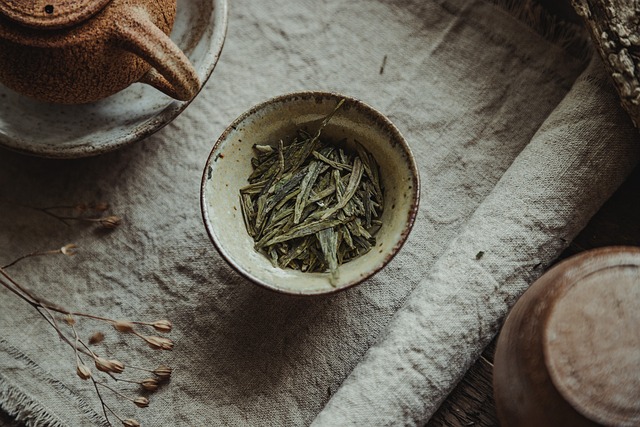
One of China’s most famous varieties of green tea, Longjing tea (literally “Dragon well”) comes from the Zhejiang Province. Brewing to a pale, yellow-green, the tea has a gentle, sweet taste and contains a high amount of Vitamic C and amino acids. If you just can’t get enough, the tea leaves can be eaten after infusion.
10. Matcha
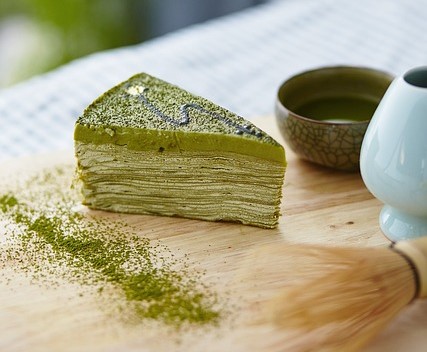
A fine, stone-ground green tea used in Japanese tea ceremonies, as well as to flavor foods such as mochi and green tea ice cream.
11. Sencha
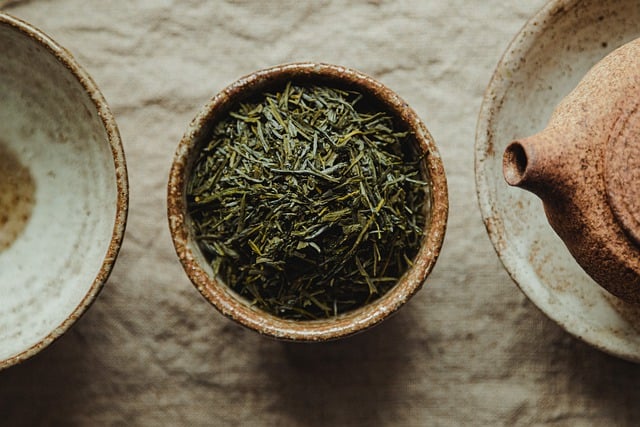
Japanese green tea grown in the sun, and brewed without grinding the leaves. It is the most common green tea in Japan. The flavor is generally sharper than that of Chinese green tea.
12. Tamaryokucha
A Japanese green tea with a tangy, berry-like taste and a long, almond aftertaste. This tea is distinctive for its vibrant golden-yellow color and deep aroma.




